Jambalaya is a savory rice dish incorporating various cuisine notes from countries like France, Spain, and parts of Africa. Often consisting of spiced rice, meats, stocks and seafood, jambalaya is popular throughout its country of origin, the United States.
Because of its impressive protein content and high levels of moisture, jambalaya may have a relatively short shelf-life, especially when left unpreserved and out in the open. As such, this spiced dish often requires some form of storage in order for it to remain edible for any significant period of time.
Jambalaya is perfectly capable of freezing well, especially if stored properly prior to being placed in the freezer. However, keep in mind that frozen and reheated jambalaya will not retain the same quality as that of freshly cooked jambalaya, and as such it is better to only preserve this dish in the freezer should you require long-term storage.
Can You Freeze Jambalaya’s Ingredients Separately?
A general rule to abide by when choosing to preserve food made of more than a single ingredient is that the dish will generally only last as long as its quickest expiring ingredient. Casseroles may only last as long as their dairy constituents, or in the case of jambalaya, as long as its meat products.
As such, a good idea is to instead store the individual ingredients of a dish you plan to cook in the future separately, such as keeping the rice of jambalaya dry and uncooked while its savory ingredients are kept raw in the freezer. There are several drawbacks to this method of preservation, however, and as such it is not always suitable for every chef’s needs.
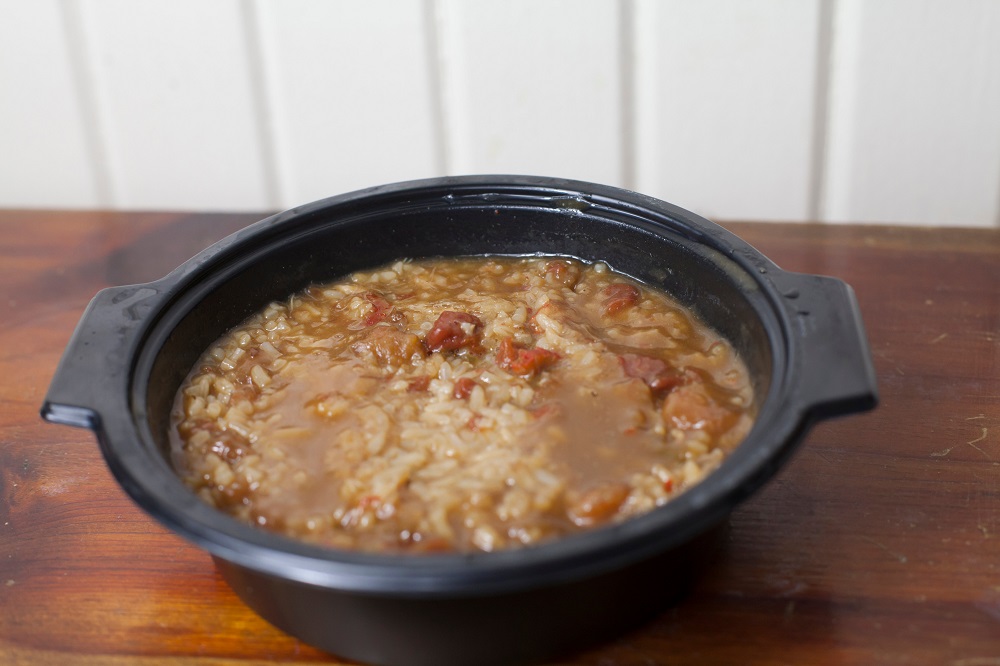
One major drawback is that food like jambalaya is often frozen or refrigerated for the sake of convenience, allowing someone to reheat and serve it at nearly a moment’s notice. If the individual ingredients are stored separately and uncooked, they will still require some time to prepare and cook.
Another is that, even stored separately, it is likely one or more ingredients will still become spoiled before the others, essentially negating the advantage to utilizing this method of preservation.
As such, freezing the individual ingredients of jambalaya separately is only a good idea if you have purchased them all in significantly large quantities and cannot conceivably cook enough jambalaya within a reasonable length of time to prevent wastage.
How Long Does Jambalaya Last After Cooking?
The vast majority of cooked food- especially that of high protein ingredients such as seafood or meat- are known to spoil very quickly when left in temperatures of 40°F to 140°F.
This catalyzing factor of high temperature, combined with the relatively high moisture of jambalaya, creates a perfect breeding environment for bacteria and fungi.
Though it is true that sufficiently high temperatures can both kill and otherwise inactivate the vast majority of microbial life, this no longer applies once the jambalaya has been allowed to cool below its original cooking temperature.
As such, jambalaya’s exact shelf-life once removed from the stove is found to be significantly shorter than it would otherwise be if stored in any other way, such as refrigeration.
It is best to either consume the entirety of the jambalaya immediately after cooking or to otherwise store it in some way.
If more than two hours have passed since the jambalaya has been removed from the stove, we advise proceeding with caution, as it may still cause sickness, even if no outward signs of spoilage are visible. As always, do not attempt to taste the jambalaya to ascertain whether it is spoiled or not.
How Long Does Jambalaya Last in the Refrigerator?
Considering the fact that jambalaya is often cooked in large portions and as such is difficult to finish in its entirety within one meal, refrigeration is often called for as a viable method of storage.
Jambalaya can be refrigerated quite well if stored in the proper conditions, with a relative shelf-life of up to four days so long as it remains in the refrigerator for this entire length of time.
For particularly large batches of jambalaya, it is a wise decision to instead store the dish spread out over multiple containers so it may be reheated without exposing the entire batch to the elements.
To begin, first allow the jambalaya to cool completely or at the least to room temperature before storing. This is done to prevent the formation of steam and subsequently water droplets that will accelerate the spoilage of the jambalaya and affect the storage environment of your refrigerator.
Store the jambalaya in an airtight container or several air-tight containers, preferably made of a material that will not absorb the fatty compounds effused by the seafood or meat ingredients, which may stain the container or leave an odor.
How to Freeze Jambalaya
Freezing jambalaya is the ideal solution to keeping this particular dish edible for as long a period as possible. Fortunately, freezing jambalaya is quite similar to freezing other dishes with varied ingredients and high relative water content.
In order to freeze jambalaya, you will only require a container somewhat larger than the total volume of the batch of jambalaya. It is important to use a container that leaves some open space for the jambalaya to expand in, as water present within the dish will turn to ice and subsequently expand once frozen.
If the jambalaya has just recently been removed from the heat of the stove, first allow it to cool down completely before placing it in the container. This is done to prevent the formation of condensation, both within the container and along the walls of the freezer itself. This condensation will turn to ice crystals, affecting the quality of the jambalaya and presenting multiple problems involved in reheating it.
Once completely cooled off, simply pour the jambalaya within its container and place the container within the freezer for up to two months.
Keep in mind that removing the container of jambalaya from the freezer and allowing it to thaw will significantly shorten its shelf-life, even if subsequently frozen once more. As such, it is a good idea to store the entire batch of jambalaya spread out over multiple containers if possible.
How to Reheat Jambalaya
Reheating jambalaya can be done at a moment’s notice and with very little equipment. All that is needed is either a stove and pot or a microwave oven and a suitable container to place within it.
In the event that you desire to use the microwave method, simply remove the jambalaya from the freezer and spoon your desired serving amount into a microwave safe bowl. Set the microwave setting to medium-low and blitz for thirty second intervals, stirring with a spoon between each half minute.
If, instead, you desire to use the stovetop method, preheat a small amount of water in a suitably large pot and the flame or heat set to low. After several minutes of heating, spoon the still frozen jambalaya into the pot, stirring it gently to allow an even distribution of heat.
Why Does Jambalaya Spoil So Quickly Out of Storage?
Foodstuffs high in protein and moisture are notorious for being some of the first to begin to spoil when exposed to poor environmental conditions and colonies of microbes.
Considering the fact that jambalaya is traditionally a savory dish stewed in some sort of broth and often incorporates such ingredients like meat or shrimp, it is no stretch of imagination to see that jambalaya fits the criteria of a quickly spoiling food very well.
Rice as well, which usually acts as the base ingredient for jambalaya, is known for spoiling quite quickly once cooked. This is due to the fact that rice absorbs a great deal of water during its cooking process, and as such acts as an excellent environment for the growth of bacteria and fungi.
References
1. Bienvenu, Marcelle (2011-09-15). “Jambalaya shows both sides of Creole and Cajun influences”. nola.com
2. Baxter, Kimberly. (September 9 2021) “How To Reheat Jambalaya – The Best Ways” Eat Delights Only Good Taste of Food eatdelights.com

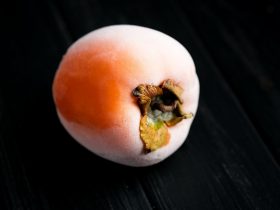
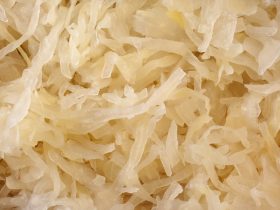
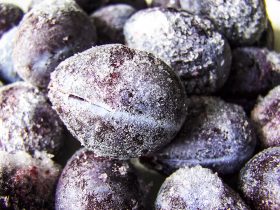
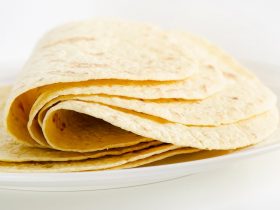
Hi, I'm Dom
Dom Eats was started to help other people fall in love with food. While cooking can feel intimidating, it doesn't have to be.